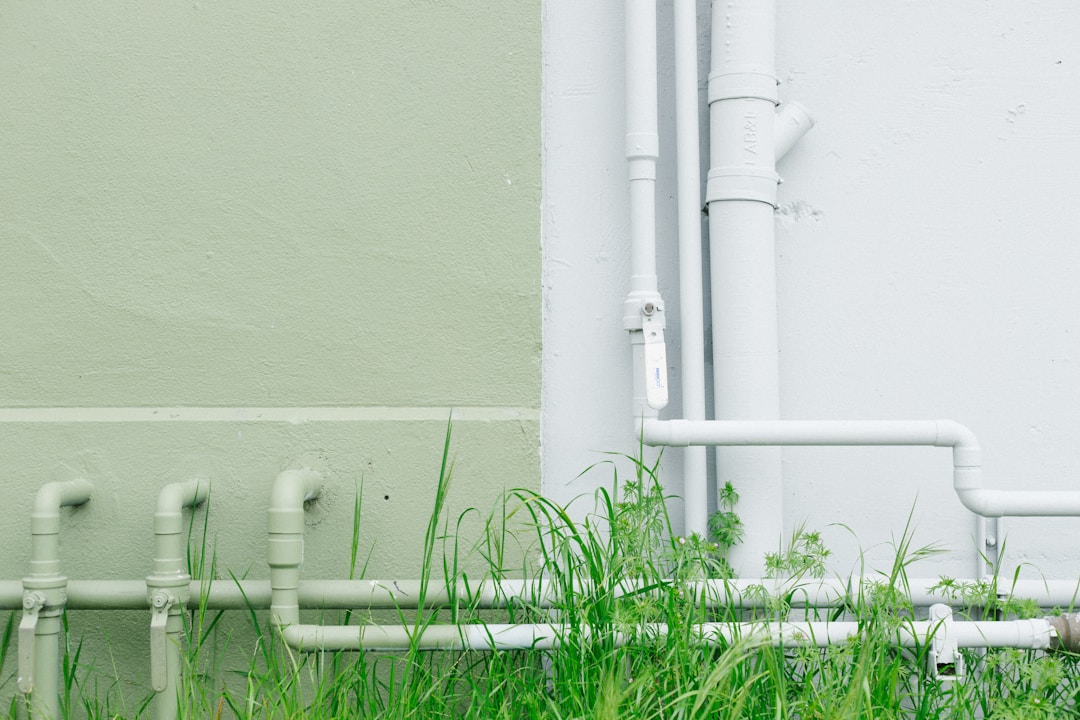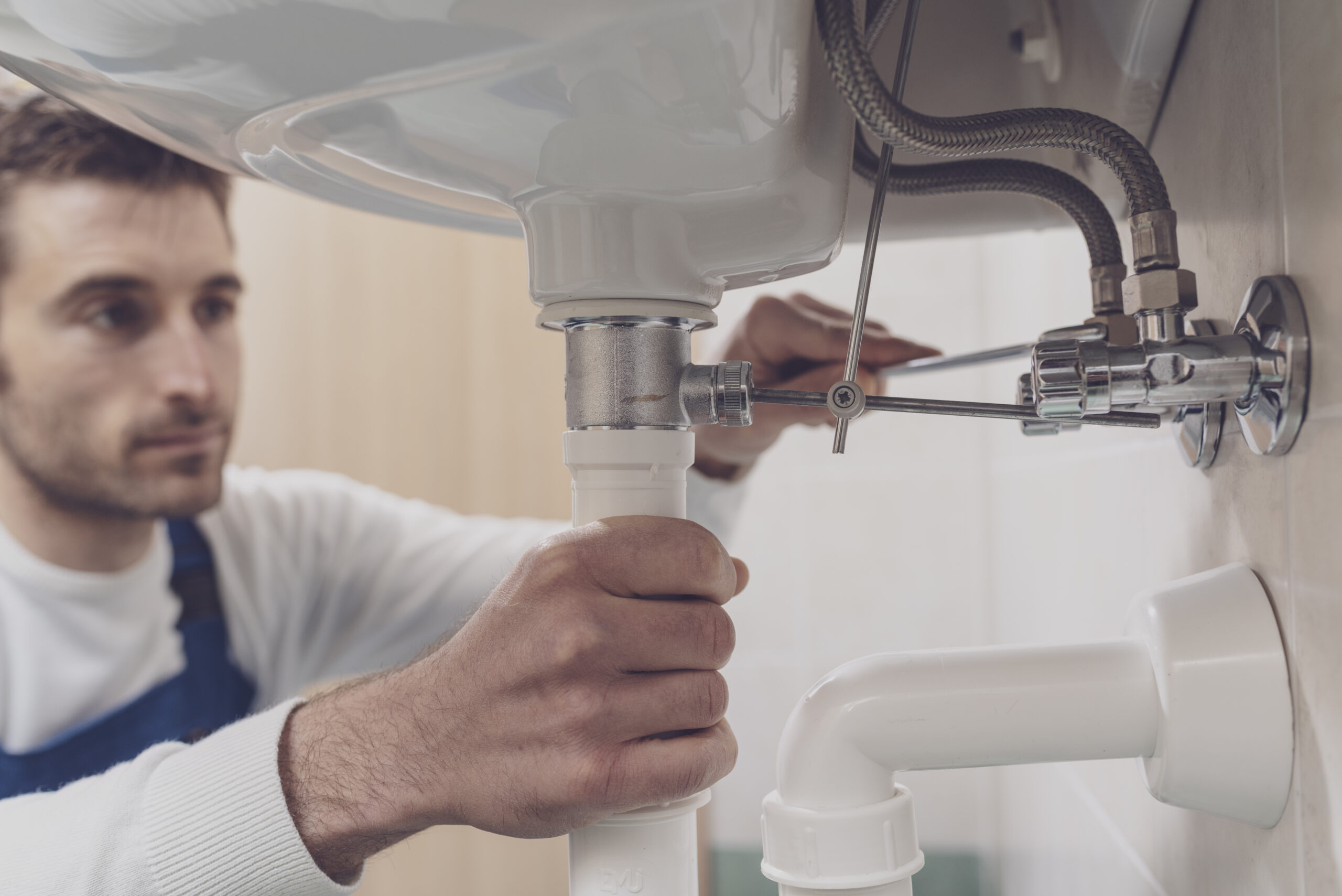The sound of rushing water when it’s unexpected is the stuff of homeowner nightmares. A burst pipe can result in water damage to floors, walls, and belongings. Moreover, it can be the source of mold growth and result in structural issues. Knowing the immediate steps to take when faced with a burst pipe can save thousands of dollars in damage and countless hours of stress. In this article, we will guide you through the necessary actions when confronted with such a situation.
Act Swiftly to Shut Off the Main Water Supply
When a pipe bursts in your home, the first and most crucial step is to turn off the main water supply. This will stop the flow of water and prevent further damage. The location of the shut-off valve varies depending on the design of your home, but it is typically found near the water meter or where the main water line enters your home.
Once the water supply is off, you might consider reaching out for professional help. With scenarios like this, it’s essential to have reliable contacts at the ready. For residents in the region, 24 hour plumbing and heating Washington PA services can be particularly handy. They offer prompt attention to emergencies, ensuring the situation is addressed efficiently.
Drain the Faucets
With the main water supply turned off, you should then drain the remaining water from your faucets. Start by opening both the cold and hot taps. This will release the water left in the system, thereby relieving any remaining pressure in the pipes and the plumbing issue. Don’t forget to flush your toilets a couple of times as well.
Locate the Damaged Pipe

Before any repairs can be made, you need to find the source of the problem. If the burst pipe is hidden behind a wall or ceiling, the sound of rushing water or visible signs of water damage will be your first clue. Sometimes, the location of the damage might be obvious, like under a sink. In other cases, you might need to follow the path of water to its source.
Once you locate the damaged pipe, evaluate the extent of the damage. Small cracks might be temporarily fixable with a patch kit or some sealing tape. However, significant damage might require a section of the pipe to be replaced.
Start Cleaning Up
The longer water sits, the more damage it can do and the higher the risk of mold growth. Begin by mopping up as much water as you can. Depending on the amount of water, you might need to use buckets, towels, or a wet/dry vacuum.
It’s essential to dry out the area thoroughly. If you have fans or dehumidifiers, put them to work. The goal is to circulate air to speed up the drying process. Remove any wet items from the area, especially if they’re on the floor. If carpets or rugs are soaked, consider removing them to dry outdoors or in a well-ventilated area.
Consider Turning Off the Electricity
If the water from the burst pipe is near any electrical outlets, appliances, or cords, consider shutting off the electricity to that part of your home. Water is an excellent conductor of electricity, and the last thing you want is to risk electrocution or further damage to your property.
If you’re unsure about the safety of the situation, stay out of the water, and consult with a professional before proceeding. Safety should always be your top priority.
Contact Your Insurance Company
Most homeowners’ insurance policies cover water damage resulting from a burst pipe. As soon as possible, contact your insurance company to report the incident. They’ll guide you on the next steps and inform you about the documentation needed for the claim. It’s a good idea to take photos of the damage as soon as it’s safe to do so. This will serve as evidence when filing your claim.
Understanding the Causes of Burst Pipes
While dealing with a burst pipe’s immediate aftermath is crucial, understanding the underlying causes can help homeowners prevent such occurrences in the future. Various factors can lead to a pipe bursting, and knowing them can save you significant hassle and money.
Temperature Fluctuations and Pipes
One of the most common causes of burst pipes is the freezing and thawing of water inside them. When water freezes, it expands, and this expansion puts immense pressure on the confines of the pipe. If the pipe is weak or already has minor cracks, this pressure can lead it to rupture. Homes that lack proper insulation, especially in colder climates, are at higher risk.
Corrosion and Time
Pipes, like all materials, are subject to wear and tear. Over time, certain types of pipes can corrode, making them more susceptible to breaking. Older homes with original plumbing might have pipes that have reached the end of their lifespan. Copper, iron, and galvanized pipes are particularly prone to corrosion. Regular inspections can identify signs of corrosion early, allowing homeowners to take preventive action.
External Pressure
Sometimes, the pressure on pipes doesn’t come from within. External factors, such as growing tree roots or shifting soil, can exert force on a pipe, leading it to break. This is particularly prevalent in pipes buried underground. Regularly monitoring the landscaping around your home can help you identify and address potential threats.
Mitigating the Risks of Burst Pipes
While no strategy offers a 100% guarantee against burst pipes, certain preventive measures can drastically reduce the risk. Being proactive rather than reactive can save homeowners both time and money.
Regular Inspections and Maintenance
The importance of routine plumbing check-ups cannot be overstated. By having a professional plumber inspect your system annually, you can catch potential issues before they escalate. They can identify weak points, signs of corrosion, or external pressures that might be threatening your pipes.
Pipe Insulation
For homes in colder regions, insulating pipes can make a world of difference. This not only helps in maintaining water temperature but also prevents the freezing and thawing cycle that can damage pipes. Pipe insulation is relatively inexpensive and can be a worthy investment for long-term peace of mind.
Mindful Landscaping

While trees and shrubs enhance a property’s aesthetic appeal, their roots can be menacing to underground pipes. When planning your garden or yard, be aware of where your pipes are located. Choose plants with less invasive root systems or ensure there’s a safe distance between large trees and your home’s plumbing system.
Consult with a Professional Plumber
While you might have stopped the immediate threat of water, repairing the damaged pipe is crucial to prevent future issues. In many cases, it’s wise to call in a professional plumber to assess the situation and make the necessary repairs. A professional will have the tools and expertise to fix the problem correctly and provide insights into any potential issues with your plumbing system.
Heading Into Safer Waters
A burst pipe can be a daunting event for any homeowner, but with swift action and the right knowledge, the damage can be mitigated. Remember, it’s essential to act quickly, prioritize safety, and consult with professionals when in doubt. Armed with this knowledge, you’re better prepared to navigate the choppy waters of plumbing emergencies and anchor yourself in safer shores.







